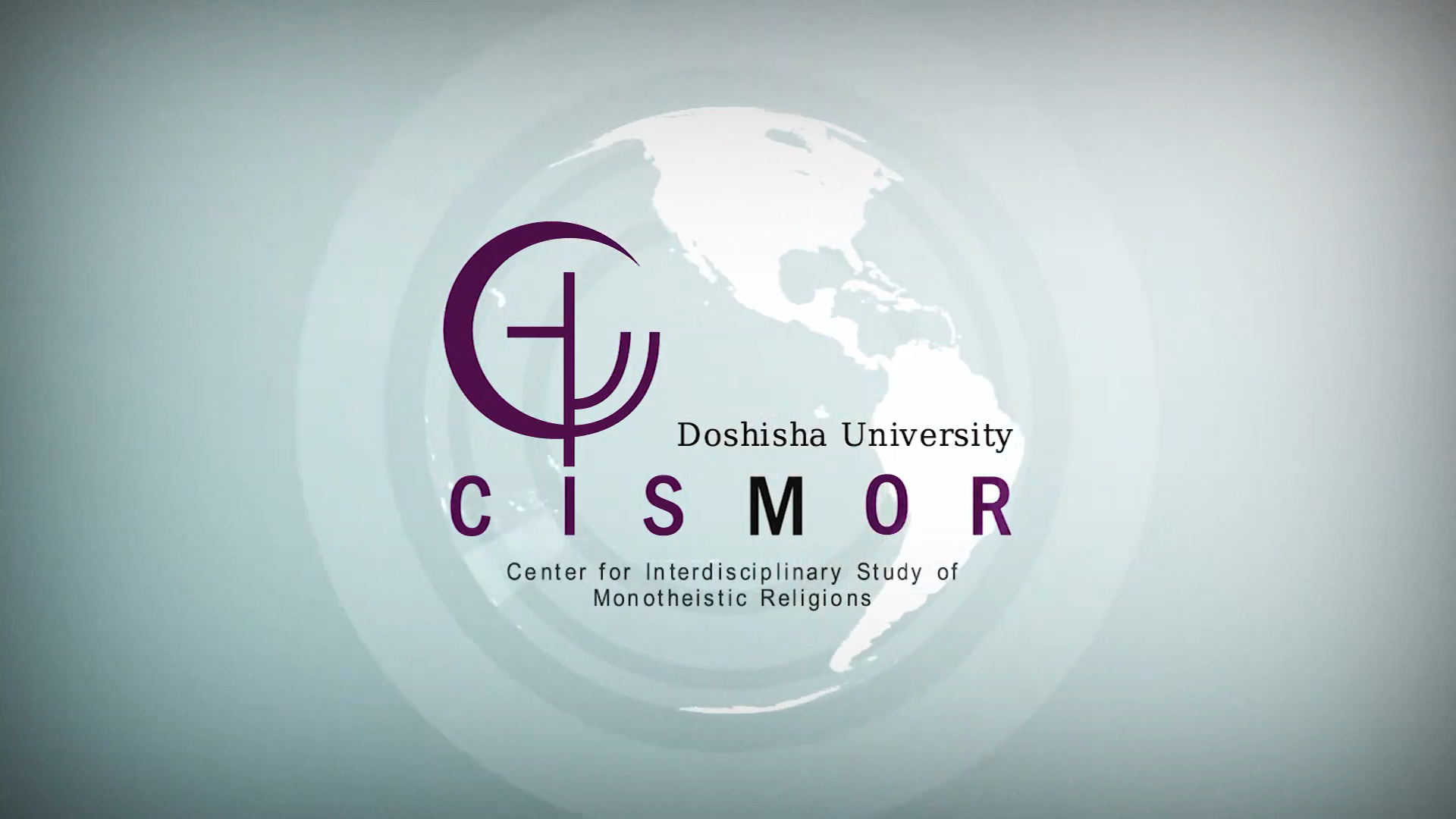Literacy avant la lettre : The case of Hittite Anatolia
2021/11/28
plus-program_Poster-Lecture-by-Prof.-van-den-Hout-No.28-1_page-0001-724x1024.jpg)
Lecturer: Prof. Theo P. J. van den Hout
(Arthur and Joann Rasmussen Professor of Hittite and Anatolian Languages, Department of Near Eastern Languages and civilizations, Interim Director, The Oriental Institute, Chicago University)
Although being part of the ancient Near Eastern world where cuneiform script had developed and had been used extensively since the beginning of the third millennium and having witnessed its use up close by the Assyrian merchants in Anatolia for an extended time, the Anatolians nevertheless seem to have been slow in adopting it. Why was this? What hurdles did they face when adapting the script to their Indo-European language? And why, once they had embraced it, did they still develop their own indigenous ‘hieroglyphic’ script? What wasthe sociolinguistic situation in the kingdom and its relation to script use? How widespread were both scripts and, as a consequence, literacy?
Summary
ビュクリュカレ:赤い河の畔のヒッタイト都市
2021年4月17日

講師:松村公仁
(公益財団法人中近東文化センター附属アナトリア考古学研究所研究員/トルコ共和国アーヒー・エヴラン大学准教授)
ビュクリュカレ遺跡はクズルウルマック河西岸に位置し、城塞部とその西に広がる都市部からなる紀元前2千年紀の都市遺跡です。2009年に始まる発掘調査で何層にも重なるヒッタイト時代の文化層とそれに先立つメソポタミアとの交易システムが確立したアッシリア商業植民地時代の交易都市と王宮が明らかとなってきました。発掘ではヒッタイト語、さらにフリ語の楔形粘土板文書、ヒッタイト王印が押された印影などが出土しており、ヒッタイト王家とも強い結びつきを持つ重要な都市の一つであったことを示しています。この講演では紀元前2千年紀におけるアナトリア(今日のトルコ共和国)の文化的、国際的な結びつきについて様々な側面から解説します。
要旨
Büklükale, which is situated at the western bank of the Kızılırmak river, is an ancient city in the 2nd. Millennium BC composed of two part: a citadel and a city area which is spread to west of it. The excavations since 2009 reveal Hittite cultural layers that overlay one after another, and a trading center and a palace in the Assyrian Colony period. Finds from Büklükale such as Hittite and Hurrian cuneiform tablets, bullae of the Hittite King/ Queen indicate the strong relationship with the Hittite royal family and show that Büklükale was one of the important Hittite cities. In this conference, I would like to talk about the strong international and cultural connection of Anatolia (today’s Turkey) in the second Millennium BC.
Summary



